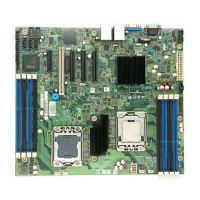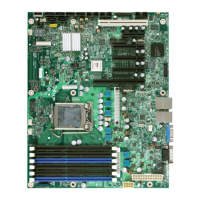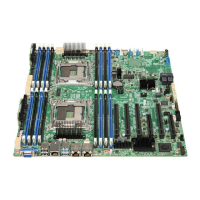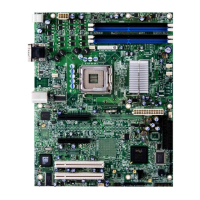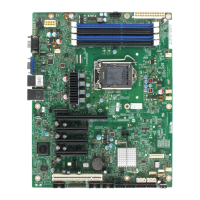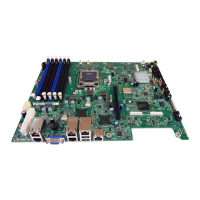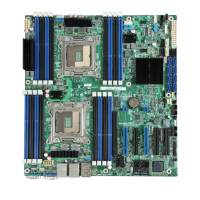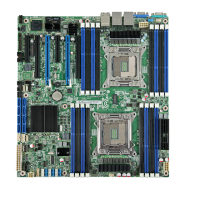Intel® Server Boards S5520HC, S5500HCV, and S5520HCT TPS Platform Management
Revision 1.8
Intel order number E39529-013
65
• You can mount either IDE (CD-ROM, floppy) or USB devices as a remote device to the
server.
• It is possible to boot all supported operating systems from the remotely mounted device
and to boot from disk IMAGE (*.IMG) and CD-ROM or DVD-ROM ISO files. For more
information, refer to the Tested/supported Operating System List.
• It is possible to mount at least two devices concurrently.
• The mounted device is visible to (and usable by) the managed system’s operating
system and BIOS in both the pre- and post-boot states.
• The mounted device shows up in the BIOS boot order and it is possible to change the
BIOS boot order to boot from this remote device.
• It is possible to install an operating system on a bare metal server (no operating system
present) using the remotely mounted device. This may also require the use of KVM-r to
configure the operating system during install.
If either a virtual IDE or virtual floppy device is remotely attached during system boot, both
virtual IDE and virtual floppy are presented as bootable devices. It is not possible to present
only a single mounted device type to the system BIOS.
4.2.3.1 Availability
The default inactivity timeout is 30 minutes and is not user-configurable.
Media redirection sessions persist across system reset but not across an AC power loss.
4.2.4 Web Services for Management (WS-MAN)
The BMC firmware supports the Web Services for Management (WS-MAN) specification,
version 1.0.
4.2.4.1 Profiles
The BMC supports the following DMTF profiles for WS-MAN:
• Base Server Profile
• Fan Profile
• Physical Asset Profile
• Power State Management Profile
• Profile Registration Profile
• Record Log Profile
• Sensor Profile
• Software Inventory Profile (FW Version)
Note: WS-MAN features will be made available after production launch.
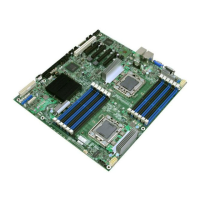
